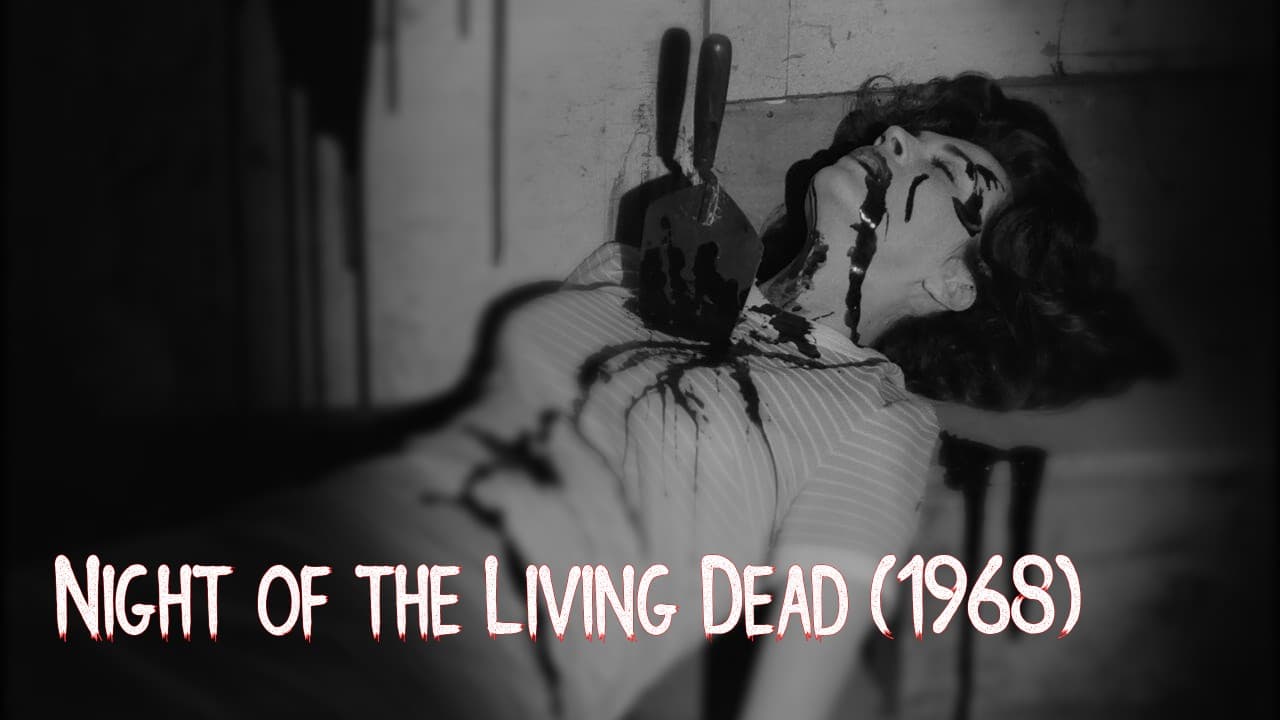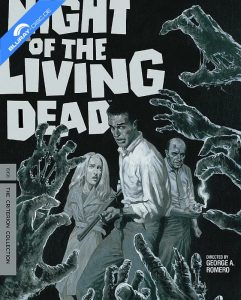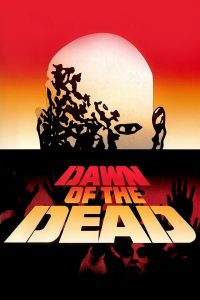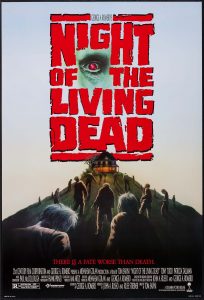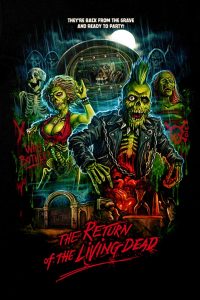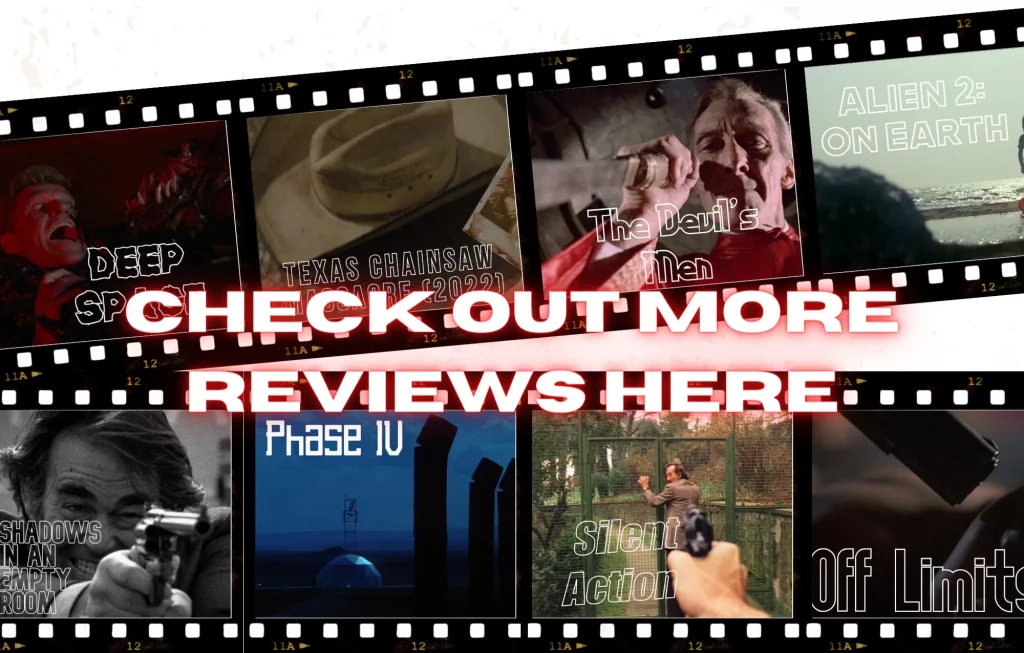Night of the Living Dead (1968)
Some of the most iconic movies in history owe their success to their humble beginnings as low-budget indie flicks that managed to defy all expectations. In the horror genre, The Evil Dead and The Blair Witch Project are celebrated examples of groundbreaking, no-budget horror classics. Yet, they stand on the shoulders of the original standard-setter: George A. Romero’s Night of the Living Dead.
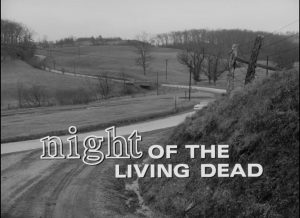
Stangers Barbra and Ben take refuge from an outbreak of flesh-eating zombies inside a remote farm house. Inside, they discover the Cooper family and a young couple, Tom and Judy, hiding in the cellar. Soon an internal conflict over the best strategy for survive for survival errupts whilst the Zombies gather outside.
What makes Night of the Living Dead so profoundly influential is not just its terror, but its radical self-imposed limitations. Without the budget for elaborate special effects or a star-studded cast, Romero and his team were forced to focus on an immediately effective, claustrophobic story. The film’s low-fidelity production became an asset: the black and white cinematography, in particular, lends a stark, documentary-like realism that adds an unsettling, pervasive creepiness far more effective than high-gloss production ever could. Similarly, the intentionally unconventional soundtrack, often rough and discordant, manages to create an air of spookiness that a lavish orchestral score would have struggled to match, heightening the raw sense of unease.
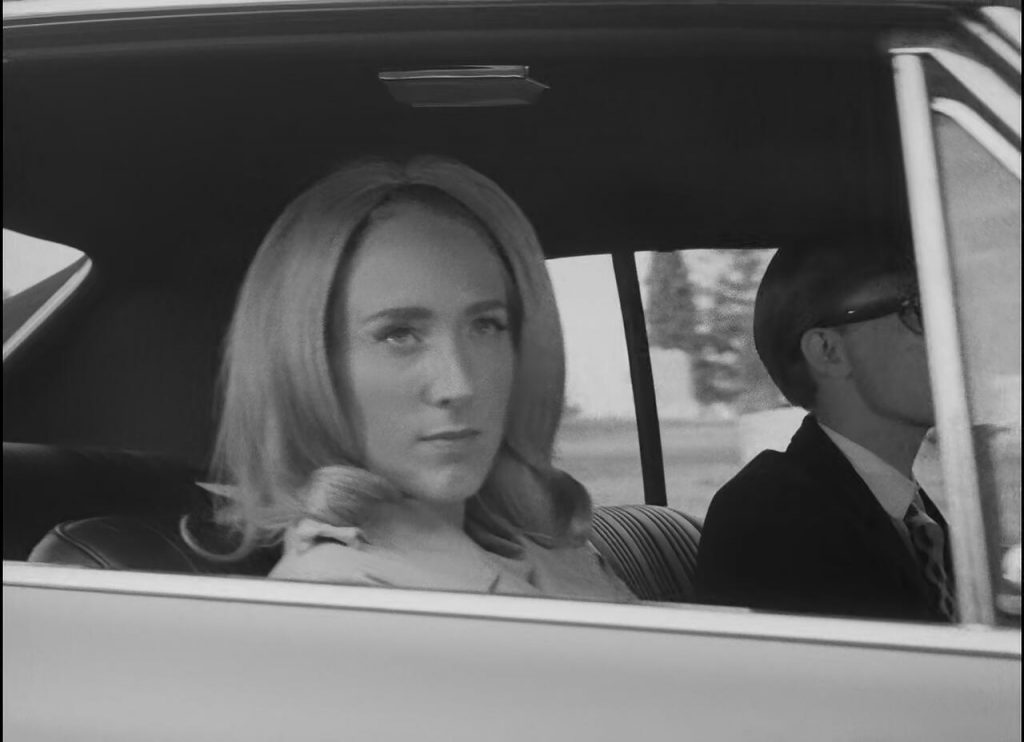
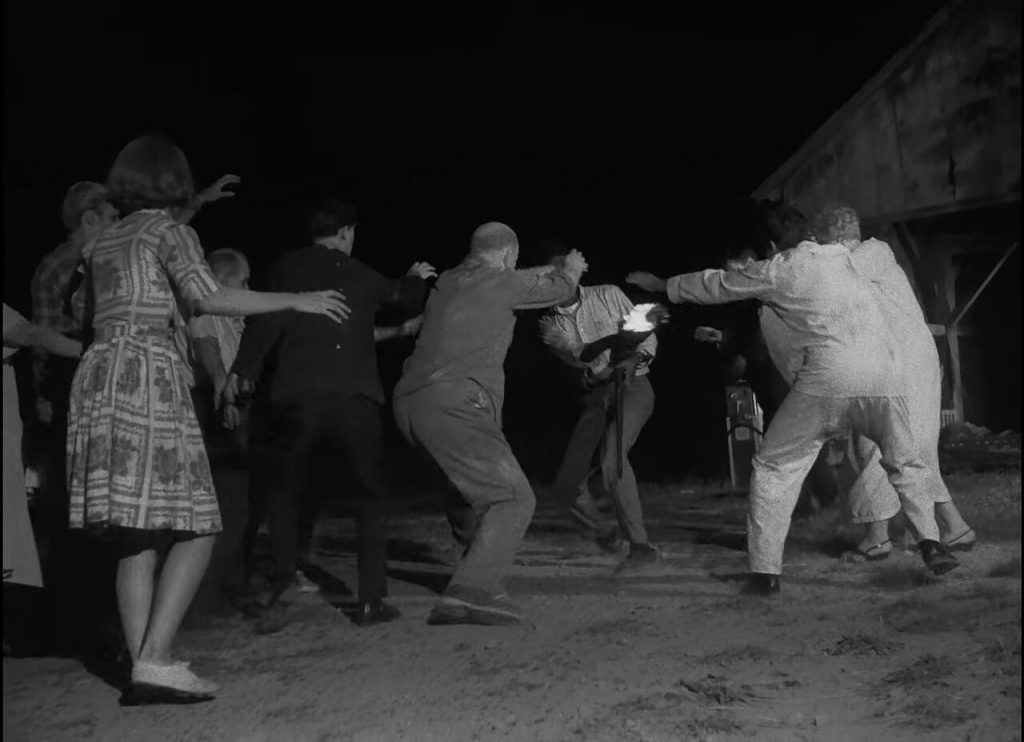
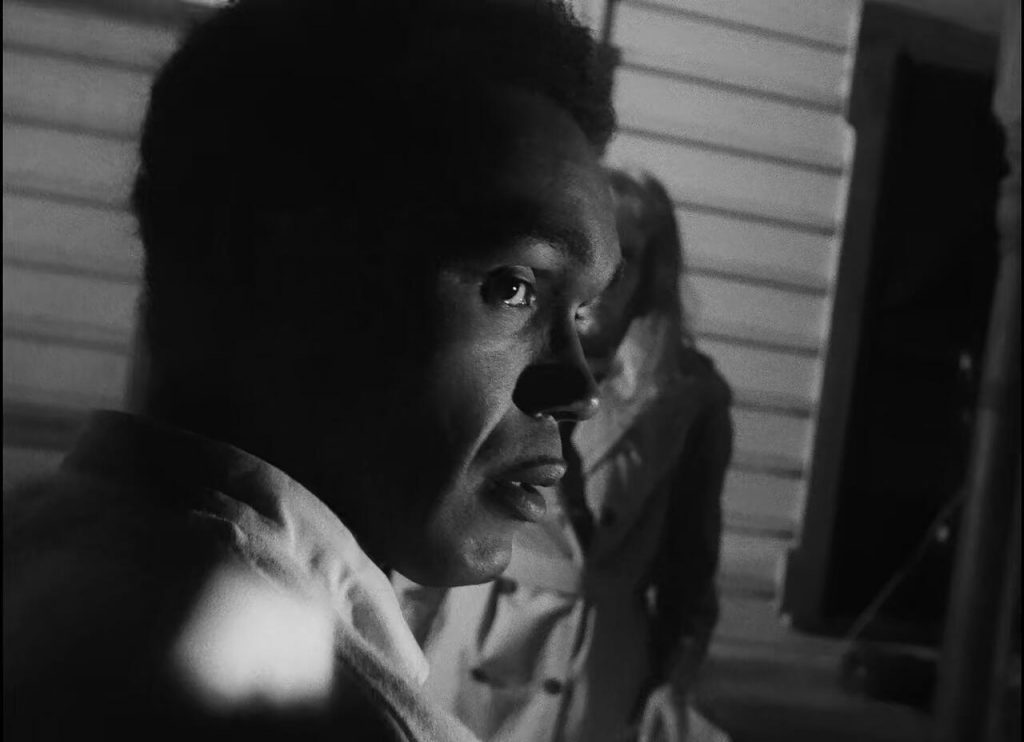
The film’s minor flaws, such as some uneven performances and a slightly slowing pace midway, only serve to underscore its overall impact. These imperfections are merely wrinkles in a film that dared to break the mold.
Crucially, Night of the Living Dead did more than just revolutionise the look and feel of horror; it single-handedly created the modern zombie subgenre and imbued it with potent social commentary. Romero’s “ghouls” or “living dead” stripped away the voodoo origins of previous screen zombies, creating the slow shuffling flesh-eating hordes that have defined apocalyptic cinema ever since. Their collective, relentless, mindless nature has been widely interpreted as an allegory for everything from consumerism to societal conformity.
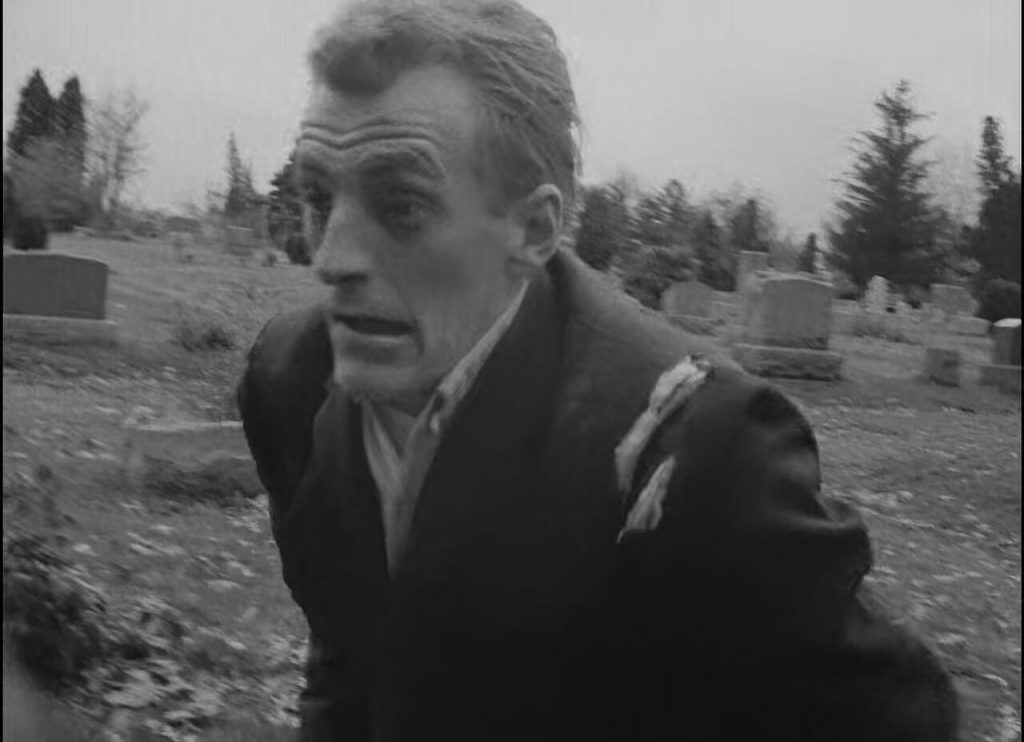
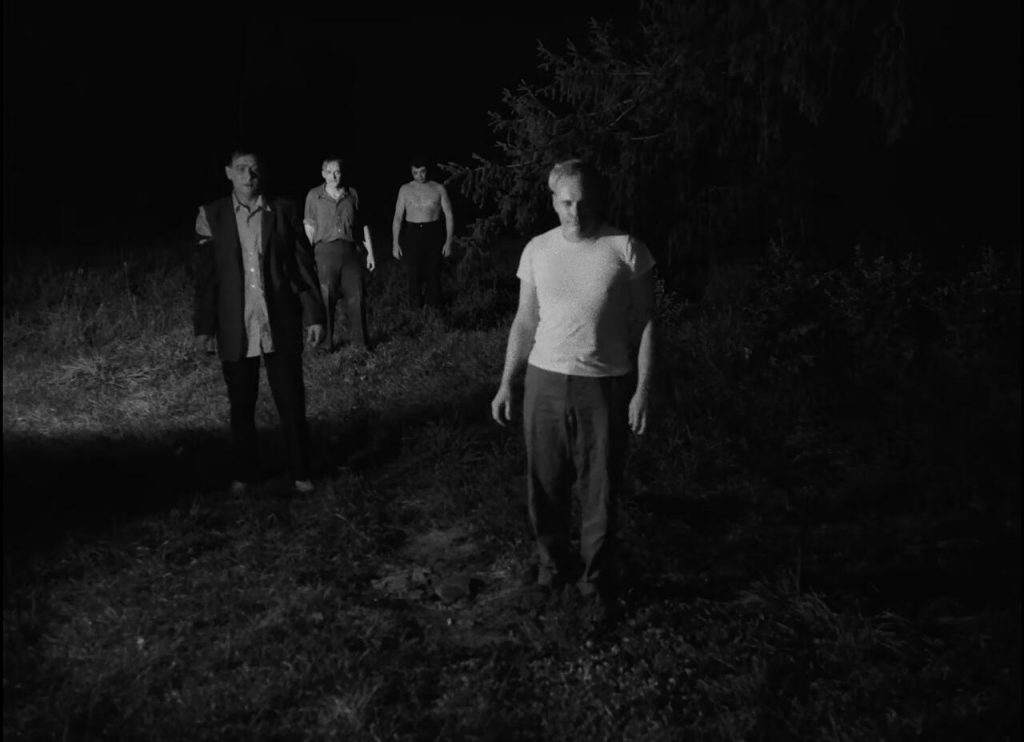
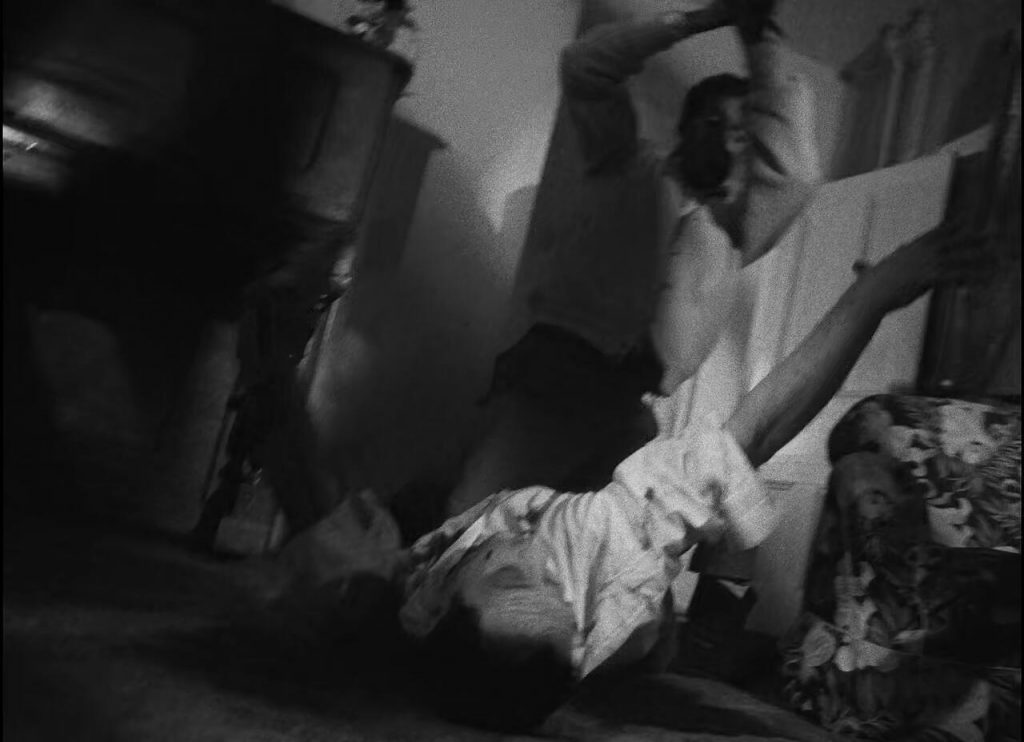
Released in 1968, the film resonated deeply with an America torn by the Vietnam War, civil rights struggles, and deep political distrust. The chaotic, unreliable news reports in the film mirror the contemporary media’s handling of a national criss.
Inside the farmhouse conflicts rage from the irrational squabbling, the failure to communicate, and the outright hostile leadership battles, demonstrating humanity is its own worst enemy. The living survivors pose a threat to each other that is often greater than the threat of the undead.
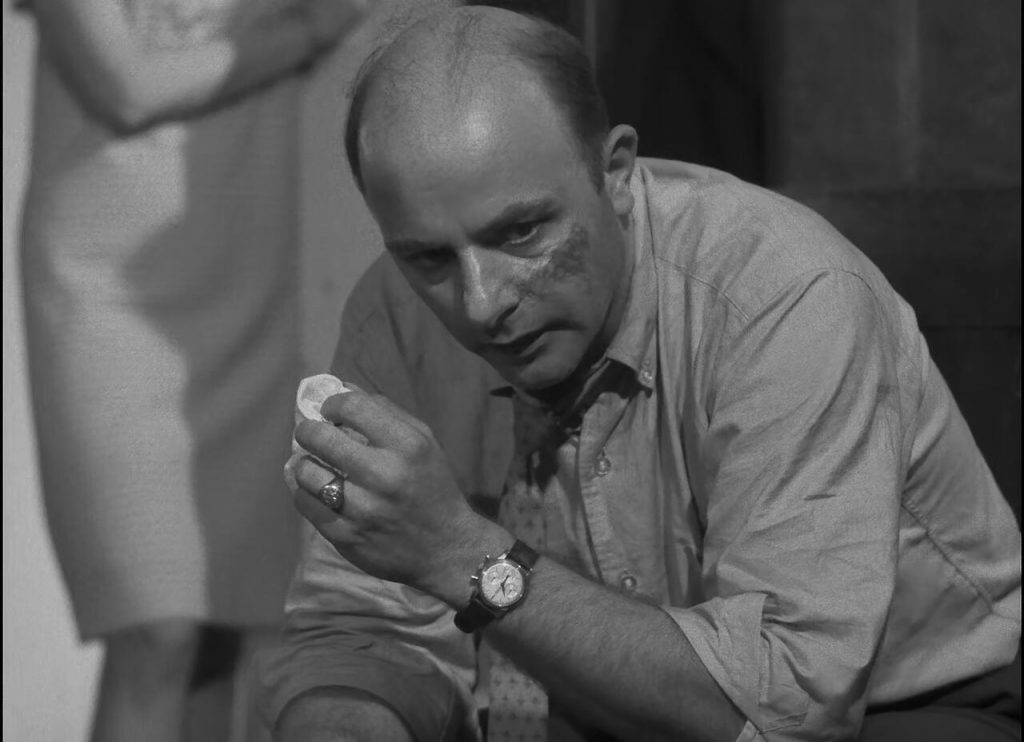
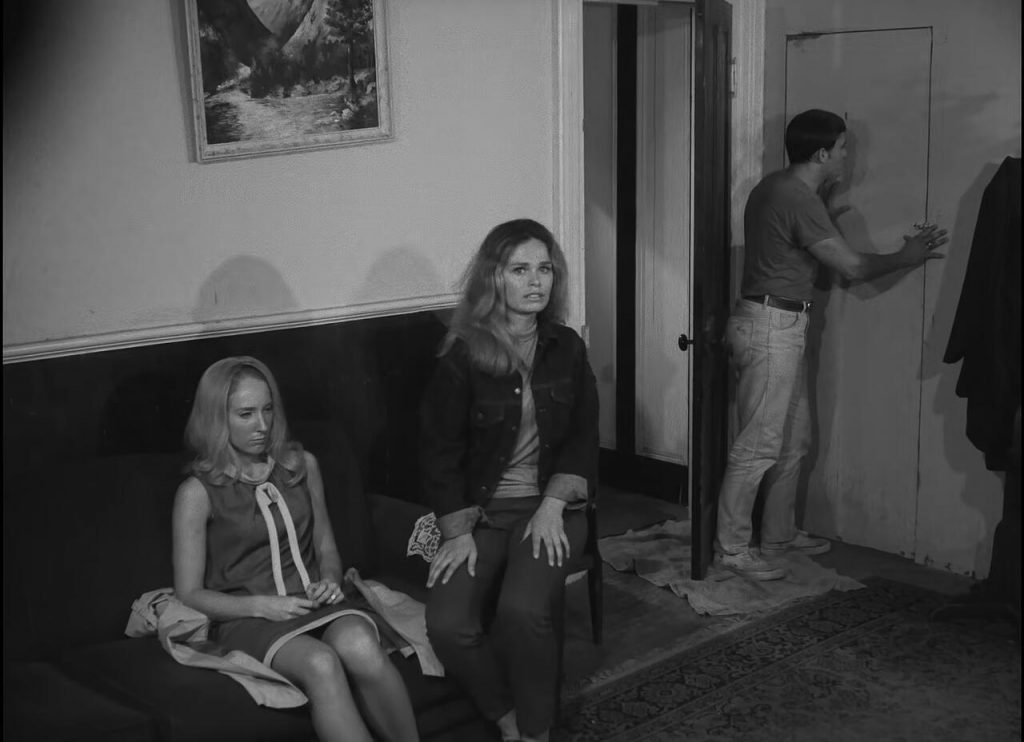
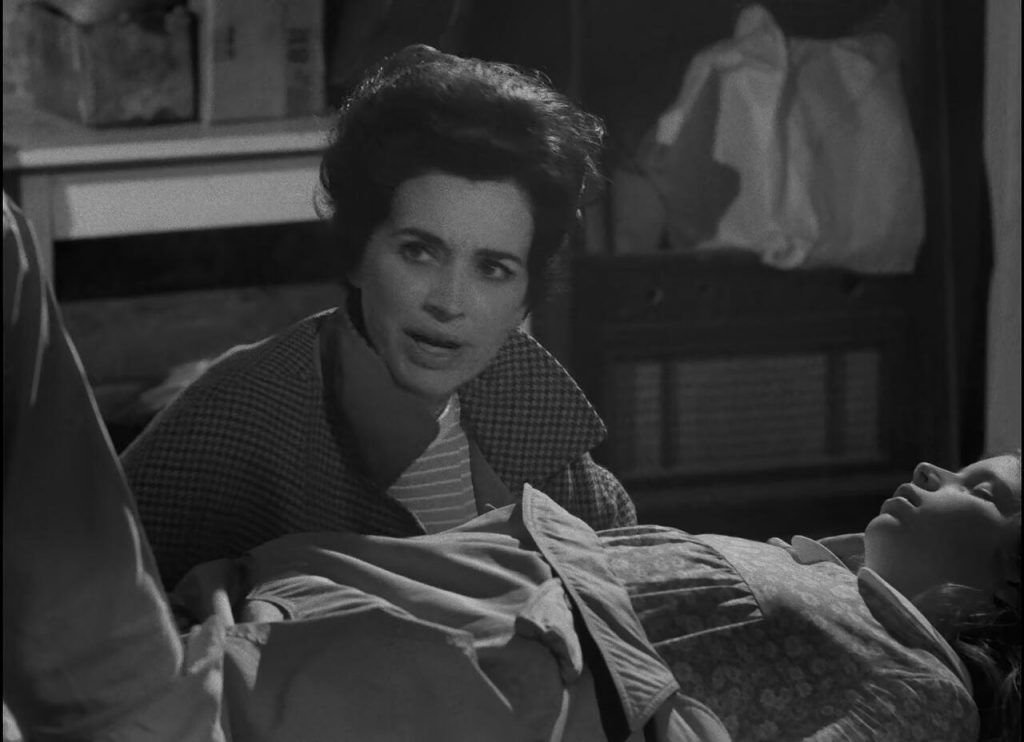
The casting of African-American actor Duane Jones as the intelligent, capable protagonist Ben, and his character’s brutal, senseless death at the hands of the all-white posse in the film’s climax lend to an arguable civil rights commentary. This final, chilling sequence, presented as a series of cold, still photographs, powerfully evoked real-life images of racial violence and lynching, suggesting that the monster outside was less frightening than the monster within.
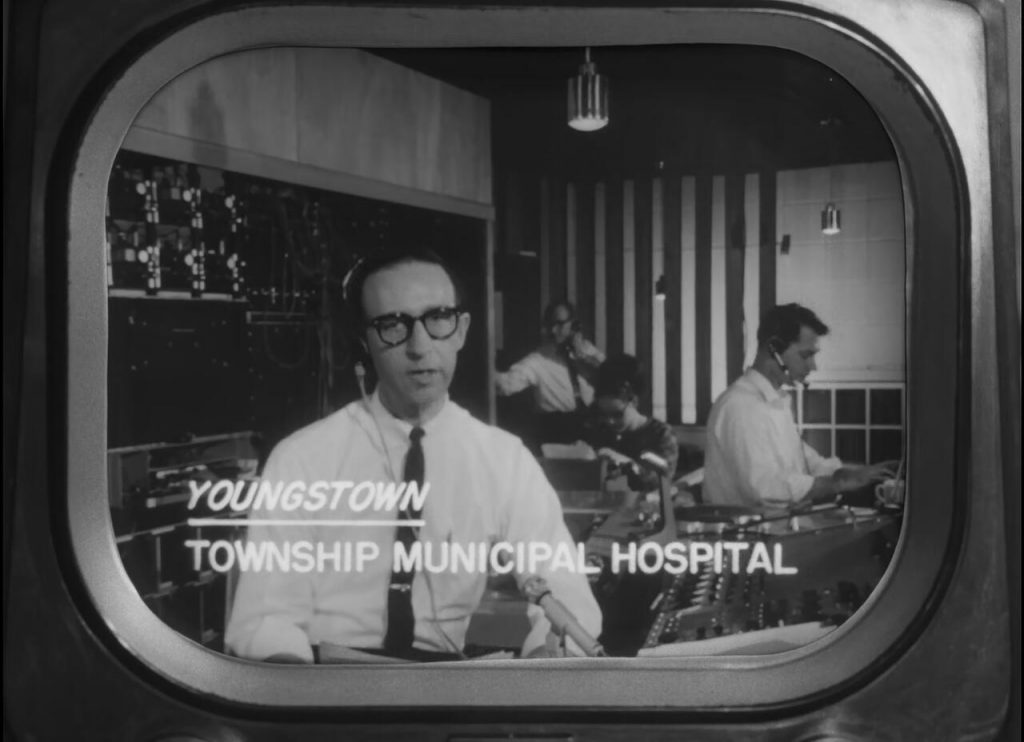
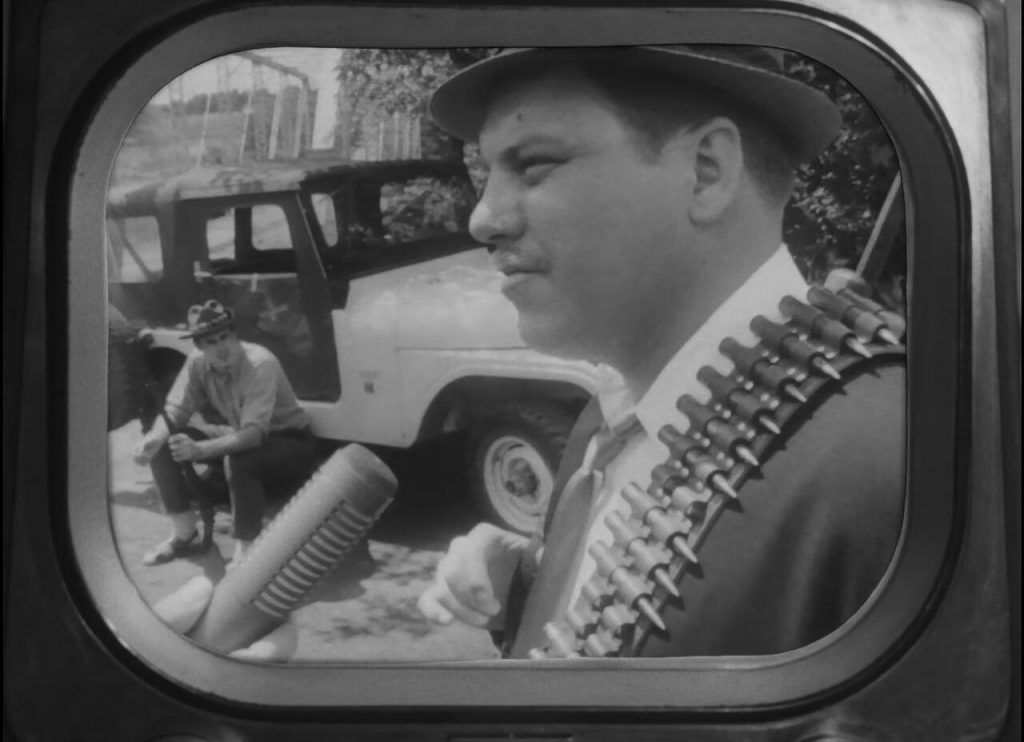
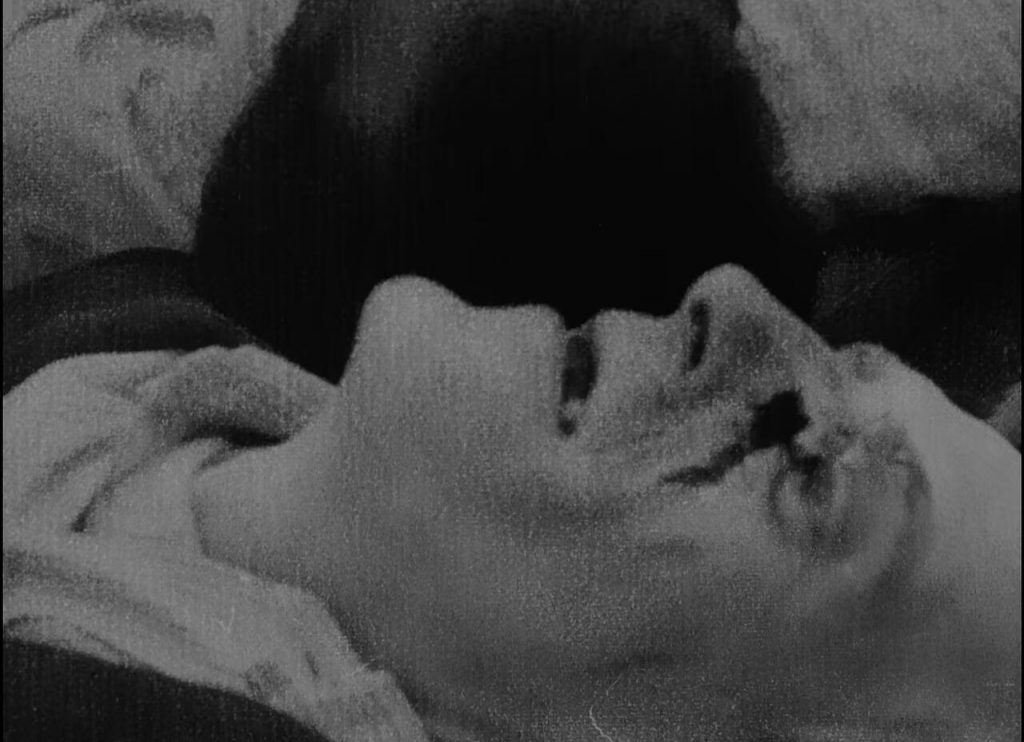
In many ways, Night of the Living Dead is the perfect example of how a small, independent film can have a profound and lasting impact. Its influence can be traced through countless films and directors, from Sam Raimi’s The Evil Dead to the vast, post-apocalyptic scope of The Walking Dead. Over five decades later, Night of the Living Dead remains an astonishing cinematic achievement, a masterful opening to a legendary horror series, and a grimly relevant testament to the power of low-budget, socially conscious filmmaking.



It’s well documented that Night of the Living Dead entered the public domain and therefore it’s free for all to have and there is a slew of releases from cheap and nasty to Criteron.
Many boutique labels have made the effort to improve the film and layer in meanful extras to expand on the film.
Right now, the Criteron is by far the choice release by most complete set of extras. I also recommend the The Millennium Edition DVD, if not wanting to pay that price for the Criteron.
